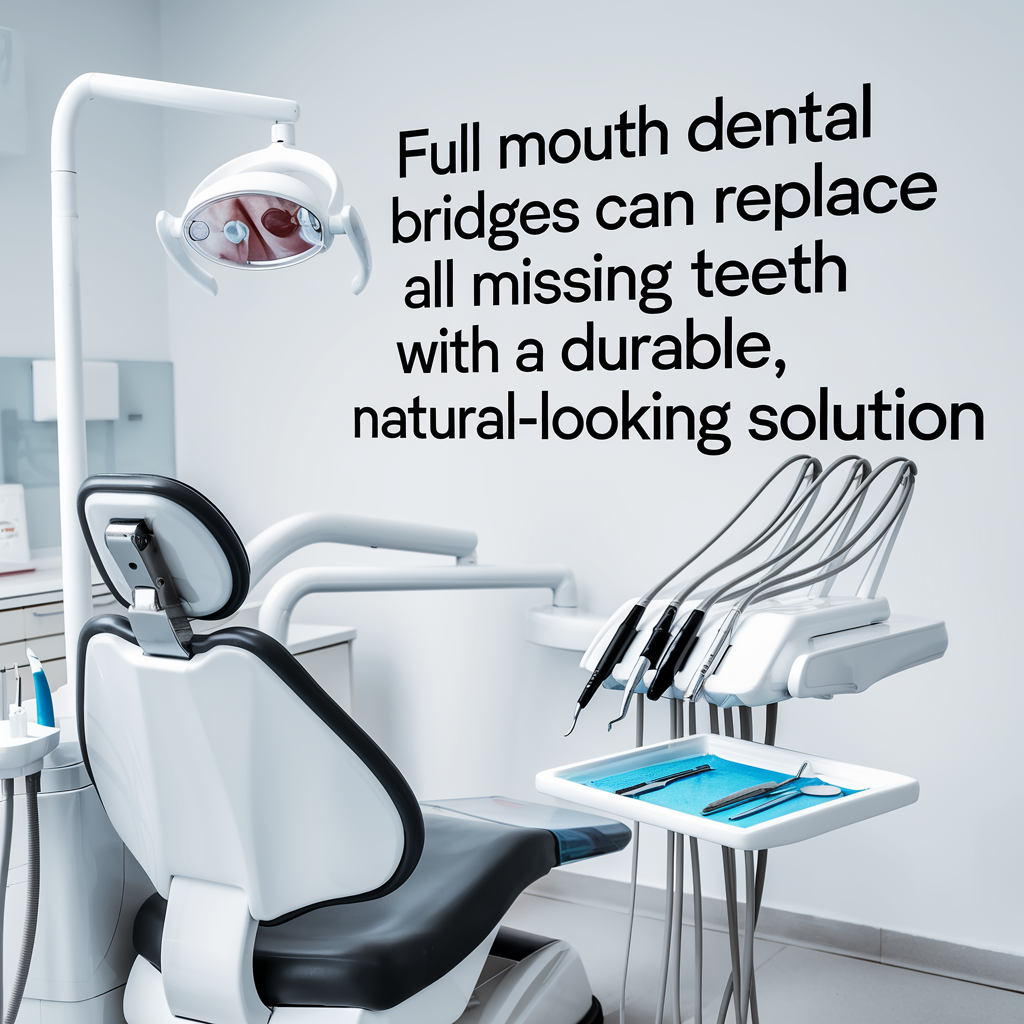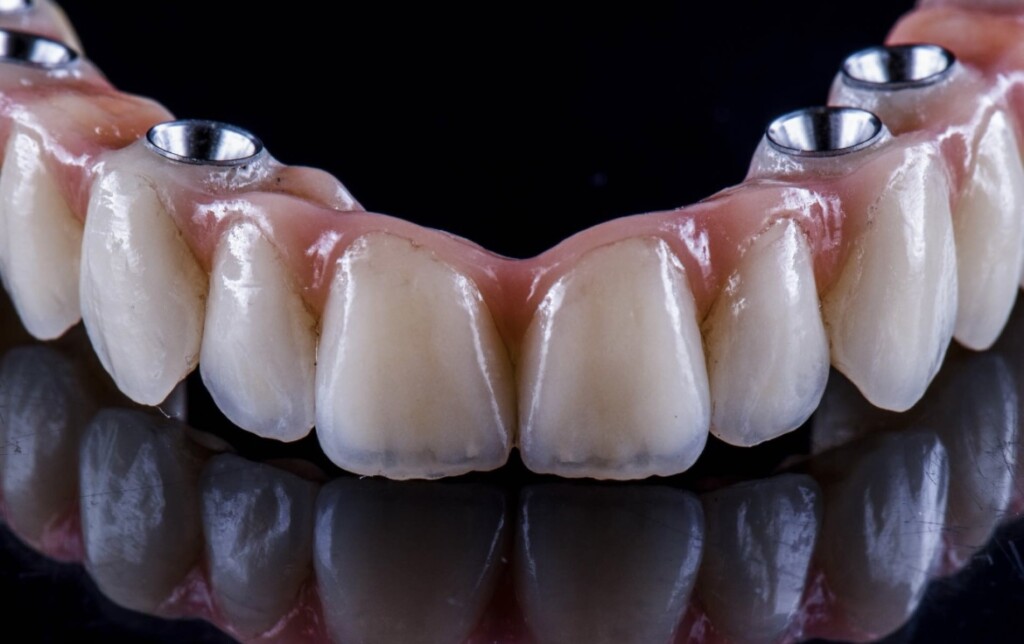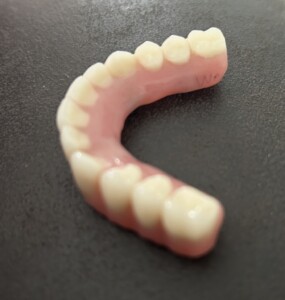
Introduction to Dental Bridges
Dental bridges are a popular solution for individuals who have lost one or more teeth. They literally “bridge” the gap created by missing teeth. A full mouth dental bridge, as the name suggests, is a prosthetic that replaces all the teeth in a person’s mouth.

Structure of a Full Mouth Dental Bridge
A full mouth dental bridge typically consists of prosthetic teeth (also known as pontics) and dental crowns. The crowns are placed over the existing teeth or dental implants on either side of the gap, serving as anchors for the bridge. The prosthetic teeth in the bridge replace the missing teeth, restoring the patient’s smile and functionality.
Appearance of a Full Mouth Dental Bridge
A well-made full mouth dental bridge should blend seamlessly with the natural teeth in terms of color, shape, and size. The prosthetic teeth in the bridge are usually made of porcelain, a material that closely mimics the appearance of natural tooth enamel. This ensures that the bridge looks as natural as possible.
Benefits of a Full Mouth Dental Bridge
A full mouth dental bridge not only improves the appearance of the smile but also restores the functionality of the teeth. It allows the patient to eat and speak normally, and maintains the shape of the face. Additionally, a full mouth dental bridge can prevent the remaining natural teeth from shifting out of position, a common issue that can occur when multiple teeth are missing.
The Process of Getting a Full Mouth Dental Bridge
The process of getting a full mouth dental bridge usually involves several dental visits. During the first visit, the dentist prepares the teeth that will serve as anchors for the bridge. Impressions of the teeth are then taken and sent to a dental laboratory, where the bridge is custom-made. Once the bridge is ready, the dentist fits and adjusts the bridge during a follow-up visit.
A full mouth dental bridge is a comprehensive solution for individuals who have lost all their teeth. It restores the appearance and functionality of the teeth, improving the patient’s quality of life. As with any dental procedure, it’s important to discuss your options with a dental professional to determine the best solution for your specific needs.
As an Amazon Associate we earn from qualifying purchases through some links in our articles.




